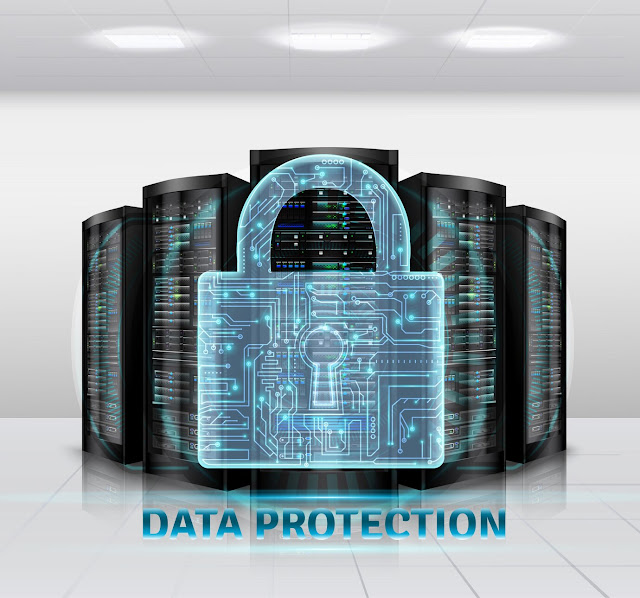10 Strategies for Securing Blockchain and Cryptocurrency Projects
Blockchain technology and cryptocurrencies have revolutionized the way we think about finance and data security. However, there are present and unique challenges that come with securing Blockchain and cryptocurrency projects.
As blockchain and cryptocurrency projects become increasingly popular, securing it is of utmost importance to protect assets, maintain trust, and ensure the integrity of the system.
In this blog post, we will explore 10 strategies to consider while you secure your blockchain and cryptocurrency projects.
1. Secure Key Management: Implement robust key management practices to safeguard private keys, which are crucial for accessing and transferring digital assets. You can use hardware wallets or cold storage solutions for offline key storage.
2. Multi-Factor Authentication (MFA): Enable MFA for all accounts and wallets associated with the project. This adds an extra layer of security by requiring users to provide multiple forms of verification, such as passwords, biometrics, or authenticator apps.
3. Regularly Update Software: Stay updated with the latest software patches and security updates for the blockchain network, cryptocurrency wallets, and related applications. This helps address any vulnerabilities and enhances the overall security posture.
4. Conduct Penetration Testing: Perform regular penetration testing to identify potential security weaknesses or vulnerabilities in the system. This proactive approach allows you to address vulnerabilities before they can be exploited by attackers.
5. Implement Secure Coding Practices: Follow secure coding practices when developing smart contracts, blockchain protocols, and associated applications. This includes input validation, secure data handling, and avoiding common vulnerabilities like SQL injection and buffer overflow.
6. Encrypt Data: Encrypt sensitive data, both at rest and in transit, to protect it from unauthorized access. Use strong encryption algorithms and secure communication protocols to safeguard information exchanged within the blockchain network.
7. Implement Access Controls: Implement granular access controls and permissions to restrict unauthorized access to critical system components, administrative interfaces, and sensitive data. Role-based access control (RBAC) can help enforce least privilege principles.
8. Continuous Monitoring: Employ real-time monitoring and logging mechanisms to detect and respond to security incidents promptly. Monitor network traffic, transaction logs, and system behavior for any signs of abnormal activity or potential threats.
9. Regular Security Audits: Conduct regular security audits and assessments to evaluate the effectiveness of your security controls, identify gaps, and ensure compliance with best practices and industry standards.
10. User Education and Awareness: Educate users about common security threats, best practices for securing their accounts, and the importance of being vigilant. Provide resources and training to help users make informed decisions and protect themselves from social engineering attacks.
While you try to effect these strategies? Remember, security is an ongoing process, and it requires a combination of technical measures, proactive practices, and user awareness to mitigate risks effectively.
Sign up on the SmartComplyApp today for blockchain compliance.
Follow us across our social media platforms (Facebook, Instagram, LinkedIn, Twitter) to learn more from us.



Comments
Post a Comment